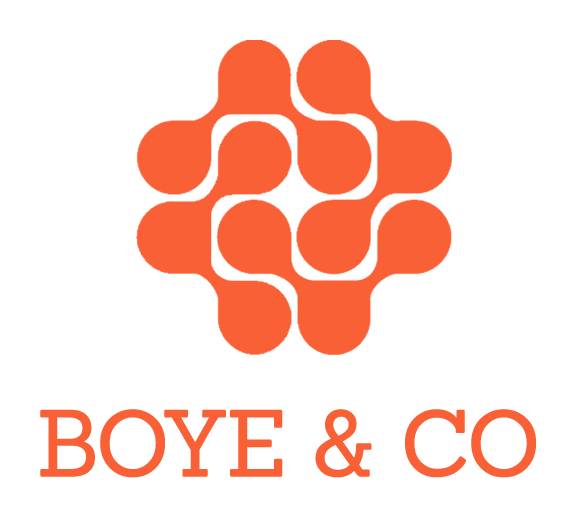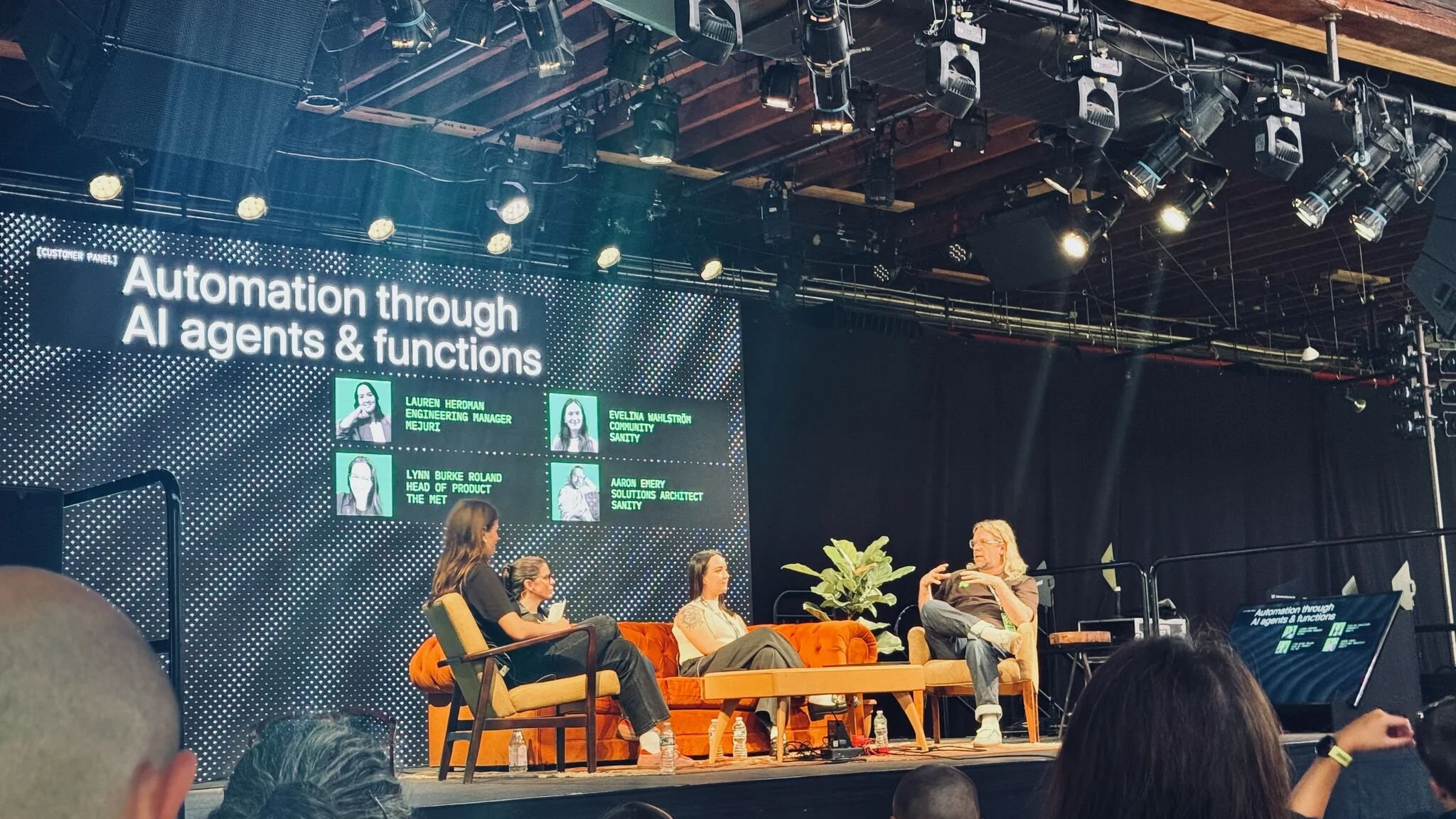By Herbert Cuba Garcia, Tech Director @ Umain
Hertbert is Tech Director at Umain and also attended CMS Kickoff 25
A few weeks ago, I attended the Sanity Everything Conference in New York City and now that the dust has settled, let’s look beyond the marketing and buzz towards the real impact.
Sanity is a fast growing vendor in the CMS space and the main marketing message throughout the conference, was Sanity’s vision of going from Content Management Systems (CMS) as we know them to what they call a Content Operating System (COS).
Sanity’s vision is an engineering platform for content: application platform foundations, Media Library on MUX, and AI-native pipelines.
In other words: The CMS becomes the hub and not the bottleneck for rules, workflows, and data that drive products.
What is the opportunity?
At Sanity, they say that the opportunity sits in the 80%. That means the 80% before content hits the CMS. That’s where most of the friction happens. Spreadsheets, emails and rigid workflows. Interestingly, these 80% is what Deane Barker described back in 2006 (!) as the first 85%. You could argue that we’ve made 5% progress in 20 years, but I digress.
A major difference from the 2006 work by Deane Barker, is that now agents belong in the flow of work. Schema-aware assistants in the dashboard/Canvas that can run APIs, summarize feedback, suggest rewrites, and trigger actions. Actions API + App SDK docs are being wired in, so you can “vibe code” apps from prompts and ship task-specific tools.
In the world of Sanity, they champion the approach of mapping the content-operational process, then build Studio/SDK apps to tackle it. This is how you optimize for velocity and go beyond “just a CMS.”
What does good AI look like?
Looking beyond the deafening buzz and outsized investments, the key advice from Sanity to achieve ROI is by embedding AI deeply in workflows; pick narrow, high-impact use cases; use external vendors where it makes sense; and start with back-office operational wins. Embrace a little friction and design for uncertainty—avoid “slop.”
AI is assistive, not autonomous and that’s also what they showed in a case study by The Met. Control surfaces, customizable workflows, and real-time feedback keep meaning intact. Moving a little faster than the comfort zone, but with guardrails.
In this panel on automation through AI agents and functions, the conversation was around AI-driven workflows that transform the everyday, with live demonstrations of agents and functions that improve editorial creativity, team collaboration, and end-user experiences. Or as they said: How automation at the micro level has macro impact.
Sanity is also betting on levelling up skills. They are introducing certification for Content Operators, “AI-Powered Sanity Development” and for their community they use Discord to fill gaps on best practices, studio patterns, and real cases.
We also saw a Sanity case study from UK-based online travel agent Loveholidays, who had their inventory scaled from around 2,000 hotels to 50–60k hotels with AI-accelerated workflows. They unlocked new markets via automated translation and took a hybrid approach, where they automated low-impact content and hand-optimized high-yield funnels). Server-driven components, Slack approvals, webhooks, and business rules all configured in Sanity, even payment failover across providers. Quite impressive!
Learn more about the next generation of CMS
The conversation naturally continues in our peer groups at conferences in Europe and North America. Why not join us and be a part of it?
The European CMS Experts community meets next for the Boye Aarhus 25 conference in early November and then there is CMS Kickoff 26 held in January in Florida - the vendor-neutral industry conference.
You can naturally also reach out to Herbert & Umain for more insights into into the topic


